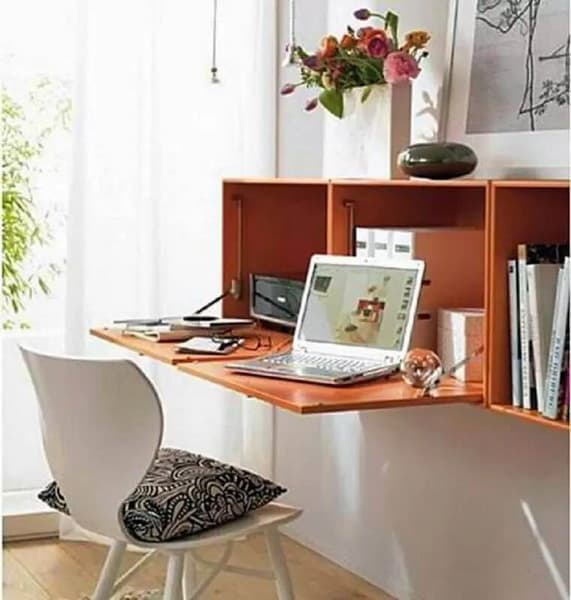Home Decor Trends 2023: Colors, Patterns, Materials
During the pandemic, textile and fiber companies had to rethink their business processes. The global decline in production prompted the formation of topical issues of rational consumption and new ideas.
While the fashion industry is gradually moving away from the concept of rapidly changing trends, the interior sphere is still lagging behind. Thus, millions of tons of accessories and furniture are thrown away every year. Based on this, at one of the main exhibitions dedicated to textiles, most of the home decor trends in 2023 were formed by the idea of wise use of resources.
Environmental friendliness, naturalness, naturalness
An active life in megalopolises forms an increasing desire of residents for natural purity and perfection. First of all, preference is given to organic materials and textiles that clearly demonstrate their natural origin. Textures with various flaws and imperfections are in fashion. Environmental innovations showcase collections of fabrics made from algae, mulberry and other natural materials.
The colors that define the trend concept are reminiscent of classic camouflage. First of all, this is a monochrome or solid color palette, without any obvious patterns and color blocks. The key ones are:
- Natural colors with many beige, powdery, brown and green hues;
- Terracotta and ocher;
- Accent blue-gray, coral and warm orange.
Durability and off-season
The idea is to move away from seasonal to more durable textiles. The key principles are functionality and versatility inherent in the Scandinavian style, but not without an artistic component. The priority is on minimalistic materials with durable weaving that do not require additional lining. The main palette is dark green, asphalt gray, cream, deep blue, dark brown (almost black).
As part of this concept, designers are advised to take a closer look at the following fabrics in 2023:
Linen
Its classic soft texture makes it incredibly popular in home decor. It is one of the strongest and most durable fabrics, about three times stronger than cotton. Other benefits of flax include:
- Resistant to lint and abrasion;
- Environmental friendliness. Flax plants do not require irrigation, practically do not need pest control and are not harmful to the environment;
- Natural shine and color ranging from beige to ecru or gray;
- Has antimicrobial properties, mold resistant.
Crypton
A textile innovation that deserves special attention. Feels like velvet, and performance like vinyl. The main advantages of the fabric:
- Incredible stain resistance;
- Wear-resistant and waterproof;
- Does not contain harmful substances, has an antibacterial effect;
- Air permeable;
- No special cleaning required.
Faux suede
High-quality fabric, which is actively used for upholstery of sofas, is one of the favorite among designers. Unlike woven fabrics made up of interwoven fibers, faux suede achieves its uncanny resemblance to natural through a finishing process that reproduces the texture and feel of real suede.
Wool
Usually, many people associate this material with winter sweaters and bulky blankets, but it is also a wonderful, eco-friendly, cozy item for home decor, with high aesthetic and operational characteristics.
New is well forgotten old
The meaning of the idea is to move away from the introduction of radically new solutions and rethink existing ones, as if putting new prints on top of old fabrics from last year’s collections. The design is based on traditional motifs, such as small or large floral patterns, various kinds of stripes, checks. As for the color palette that defines the concept of the trend, at the forefront are the non-dominant dusty tones of blues and pinks, the familiar shades of green, yellow, blue and copper-orange.
Mix of textures and elements
The main idea is to manifest the creative process with many textures, layering, patterns. Vivid examples of the trend:
- Patchwork. Textile mosaic, when small pieces of different fabrics are assembled into a single beautiful composition.
- Embroidery. Embroidery patterns in 2023 focus on romantic design. Amazing delicate floral patterns will increasingly decorate bed linen, curtains, as well as fabrics such as wool, velvet and others.
The conceptual palette is more pronounced than other trends. First of all, these are emerald, yellow, burgundy, lavender, pink shades of medium saturation.
Fabric Home Decor Trends 202: Conclusions
All presented trends are united by a common concept of sustainable development, based on the search for adaptable, utilitarian solutions. The textil exhibition, which will take place on 2023 online, will present innovative exhibits for interior decoration, tell about the potential and production of each material.






